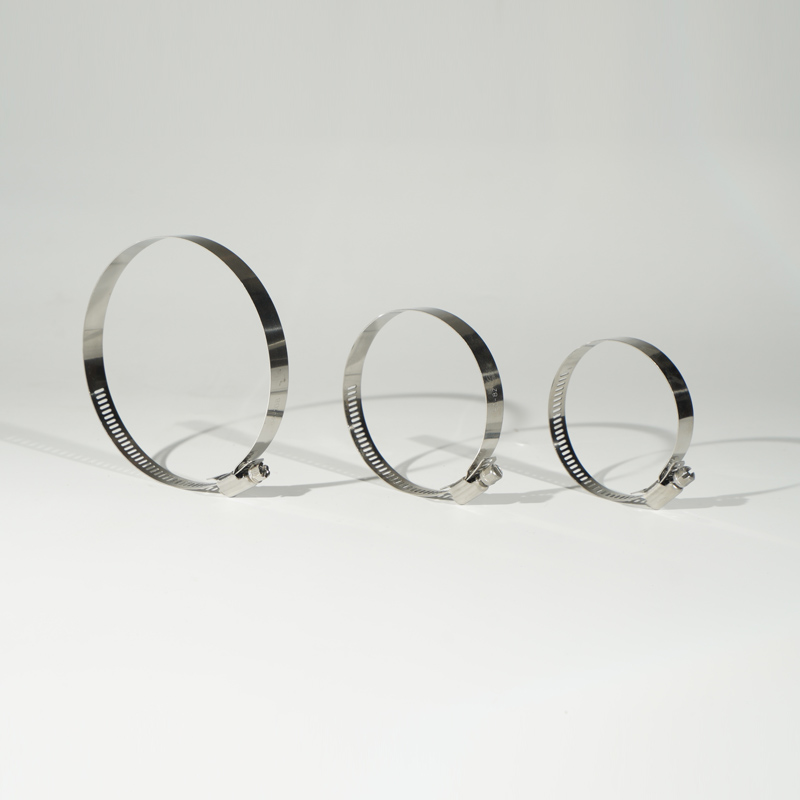- Phone:+86-17331948172 +86-0319-8862898
- E-mail: inquiry@puxingclamp.com
Aug . 01, 2024 01:11 Back to list
Selecting the Right Hose Clamps for Your Fuel Line Installation and Maintenance Needs
The Importance of Hose Clamps for Fuel Lines
Hose clamps may seem like a small component of fuel line systems, but their significance cannot be understated. These metal or plastic bands are crucial for ensuring that fuel lines remain secure and operate effectively. In this article, we will explore the types, materials, functions, and the importance of using high-quality hose clamps for fuel lines.
Understanding Hose Clamps
Hose clamps are fasteners used to secure the connection between hoses and fittings, preventing leaks and maintaining pressure within a system. When it comes to fuel lines, the hose clamp’s role is especially vital, as any fuel leak can pose safety risks, including fire hazards and environmental damage.
Types of Hose Clamps
There are several types of hose clamps that are commonly used in fuel line applications
1. Screw Clamps The most common type, screw clamps consist of a band that tightens around the hose. By turning a screw, the clamp can be adjusted to fit securely. They are favored for their strong grip and adjustability.
2. Spring Clamps These clamps employ a spring-loaded mechanism to keep a constant pressure on the hose. They are often used in automotive applications due to their ability to accommodate thermal expansion and contraction.
3. Worm Gear Clamps A subset of screw clamps, worm gear clamps feature a worm drive that allows for precise tightening. They are known for their durability and resistance to corrosion, making them ideal for fuel applications.
4. Ear Clamps These are designed for use in specific applications where a permanent or semi-permanent connection is required. They are typically installed using special tools that create a tight seal.
Materials Used
The materials used in hose clamps can significantly affect their performance, especially in fuel lines, where exposure to harsh chemicals and varying temperatures is common
. Common materials includehose clamps for fuel lines

- Stainless Steel Known for its corrosion resistance and strength, stainless steel is often used in fuel line applications. It can withstand high temperatures and aggressive chemical environments.
- Zinc-Plated Steel While more affordable, zinc-plated steel clamps may be less durable in corrosive environments. They are usually suitable for less critical applications.
- Plastic In specific situations, plastic hose clamps may be used; however, they may not provide the same level of reliability and durability as metal clamps.
Importance of Quality Hose Clamps
Using high-quality hose clamps is essential for a variety of reasons
1. Safety Leaks in fuel lines can lead to dangerous situations, including fires and explosions. High-quality clamps reduce the likelihood of leaks occurring.
2. Performance A secure connection helps maintain the right amount of pressure within the fuel system, ensuring optimal engine performance.
3. Durability Cheap or poorly made clamps can degrade over time, leading to premature failure. Investing in quality clamps can increase the longevity of the entire fuel system.
4. Cost-Effectiveness While high-quality hose clamps may come at a premium, they often save money in the long run by preventing leaks and the need for frequent replacements.
Conclusion
In the context of fuel lines, hose clamps are more than just trivial components; they are integral to the safety and efficiency of the entire system. By understanding the different types and materials of hose clamps, as well as their importance, individuals can make informed decisions when selecting the right clamps for their applications. In any system where fuel is involved, prioritizing quality hose clamps can lead to enhanced performance, safety, and longevity.
-
Large Stainless Steel Adjustable American Type Hose Clamp - Hebei Pux Alloy Technology Co., Ltd
NewsAug.02,2025
-
Large Stainless Steel Adjustable American Type Hose Clamp - Hebei Pux Alloy Technology Co., Ltd
NewsAug.02,2025
-
Large Stainless Steel Adjustable American Type Hose Clamp-Hebei Pux Alloy Technology Co., Ltd|Corrosion Resistance, Adjustable Design
NewsAug.02,2025
-
Large Stainless Steel Adjustable American Type Hose Clamp-Hebei Pux Alloy Technology Co., Ltd|Corrosion Resistance, Adjustable Design
NewsAug.02,2025
-
High Quality Precision Stainless Steel Strip - GPT-4-Turbo Grade
NewsAug.02,2025
-
Heavy Duty Hose Clamp | Premium Durability & Security
NewsAug.01,2025




